The morning kicked off with another fulfilling breakfast, this time it was eggs, bacon, and potatoes. After everyone had a second helping, this is all that was left.
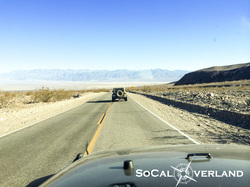
Transitioning from Emigrant Wash onto highway 190 is an incredible sight as you descend from 4,000 feet elevation to 0 feet within a short distance on approach to Stovepipe.
The crater measures about one-half mile across. There is also another smaller crater behind and to the side of the Ubehebe Crater.
After capturing some images here and then talking with a group of Japanese tourists that had spent the previous night at the Racetrack in their rented Suburban due to a flat tire, we decided to hit the trail.
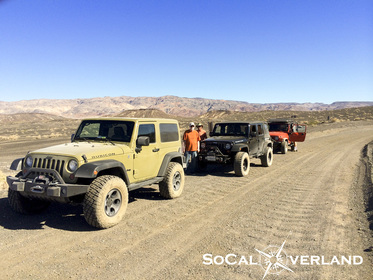
Racetrack Road is maintained by the park service, however, the washboard road can be jarring if you are running your tires with street pressure and cruising at low speeds.
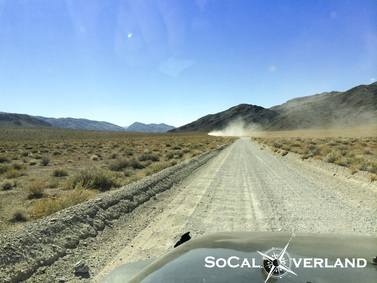
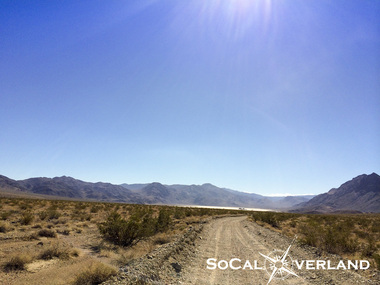
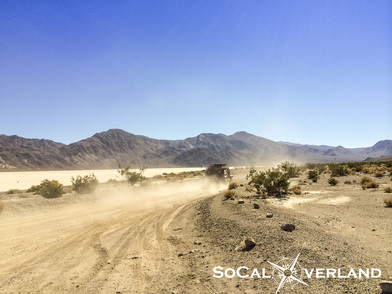
Aside from the science, we were all looking forward to making it to The Racetrack to view the moving rocks that were in a stationary position, at least on this day.
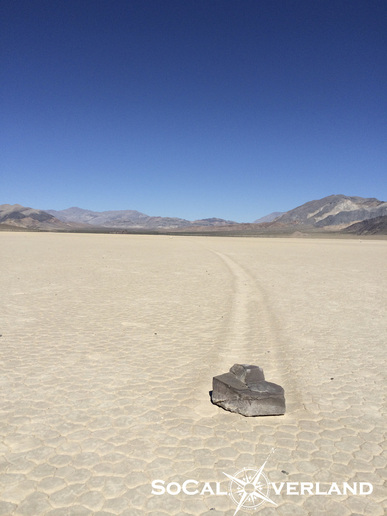
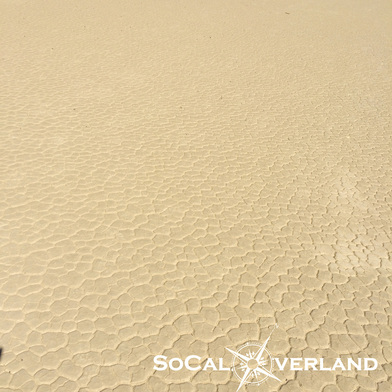
Saline Valley is seen in the distance.
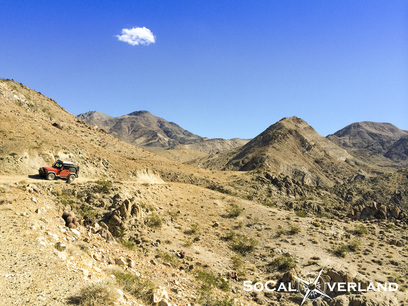
After reaching the bottom of Lippincott, the expanse of Saline Valley put into perspective the additional mileage we were going to need to cover in order to make it back to camp before dark.
My Gaia GPS app on the iPad worked great, helping to keep us on course and not miss any turns.
In this panorama picture, it is hard to see, but at the base of the mountains in the distance are the Panamint Valley Sand Dunes. Saline Valley Road continues to wrap around the mountain along the right side.
Now that's one full pot of beans!!! We ate beans and more beans and then ate some more beans that night.
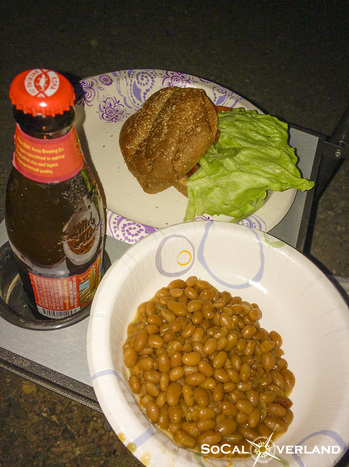

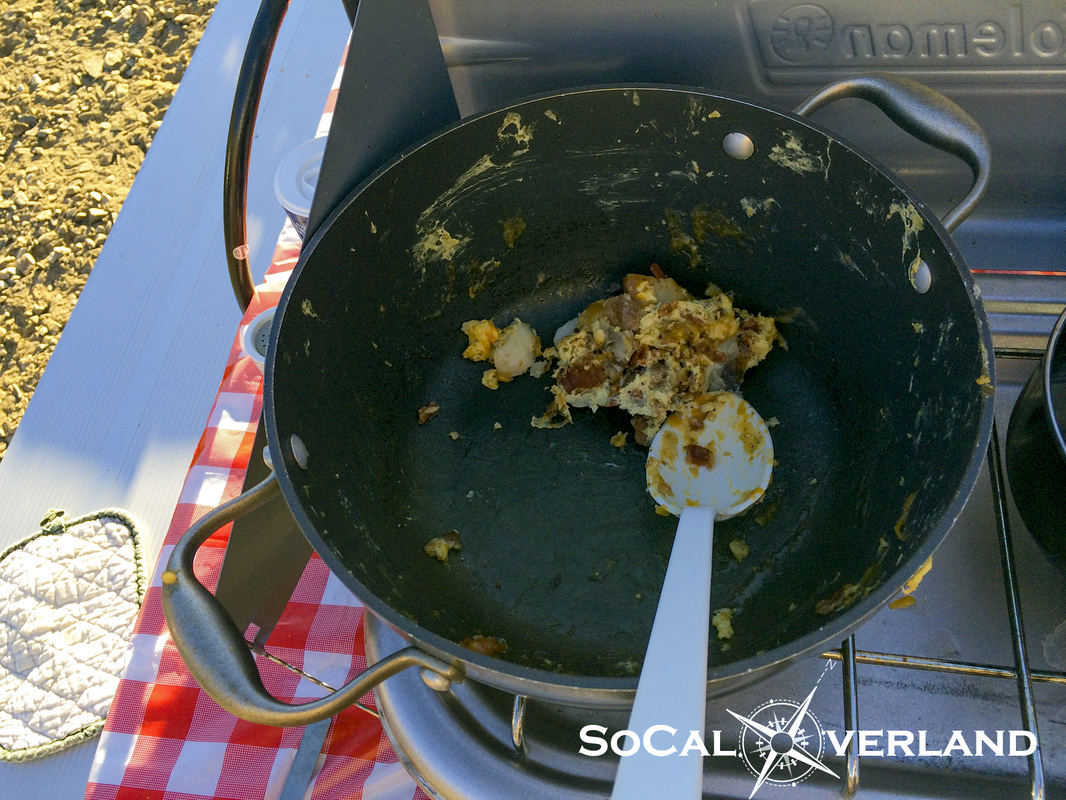

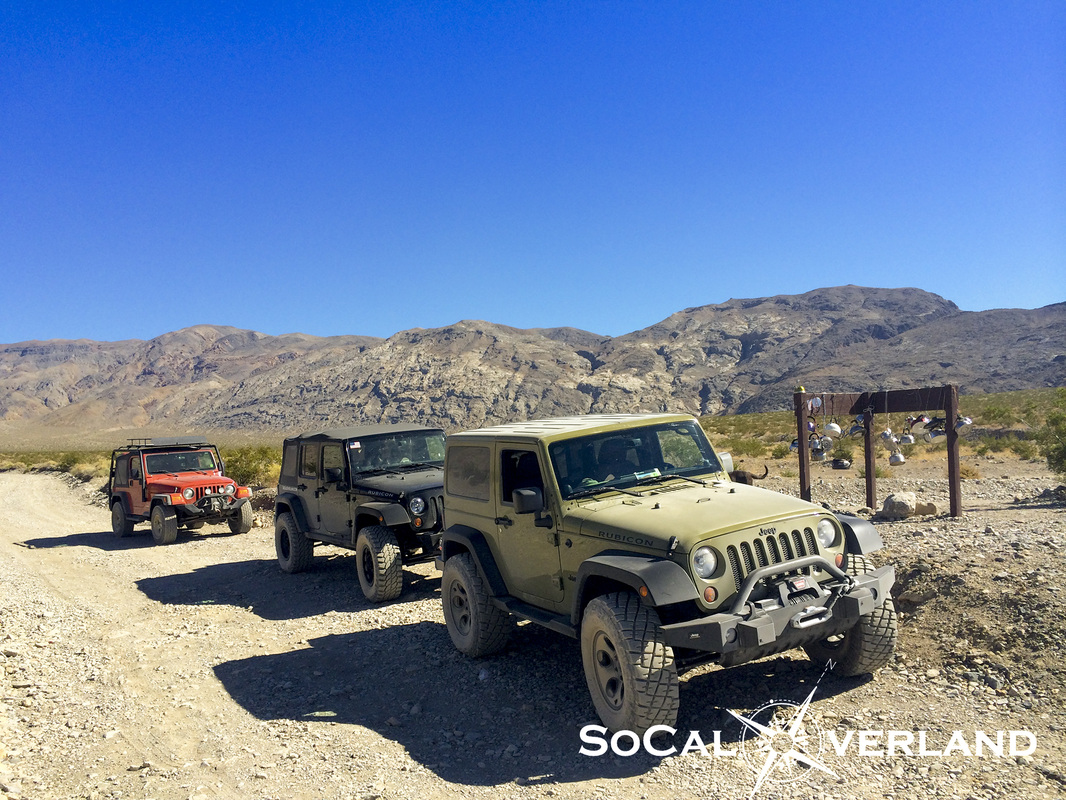
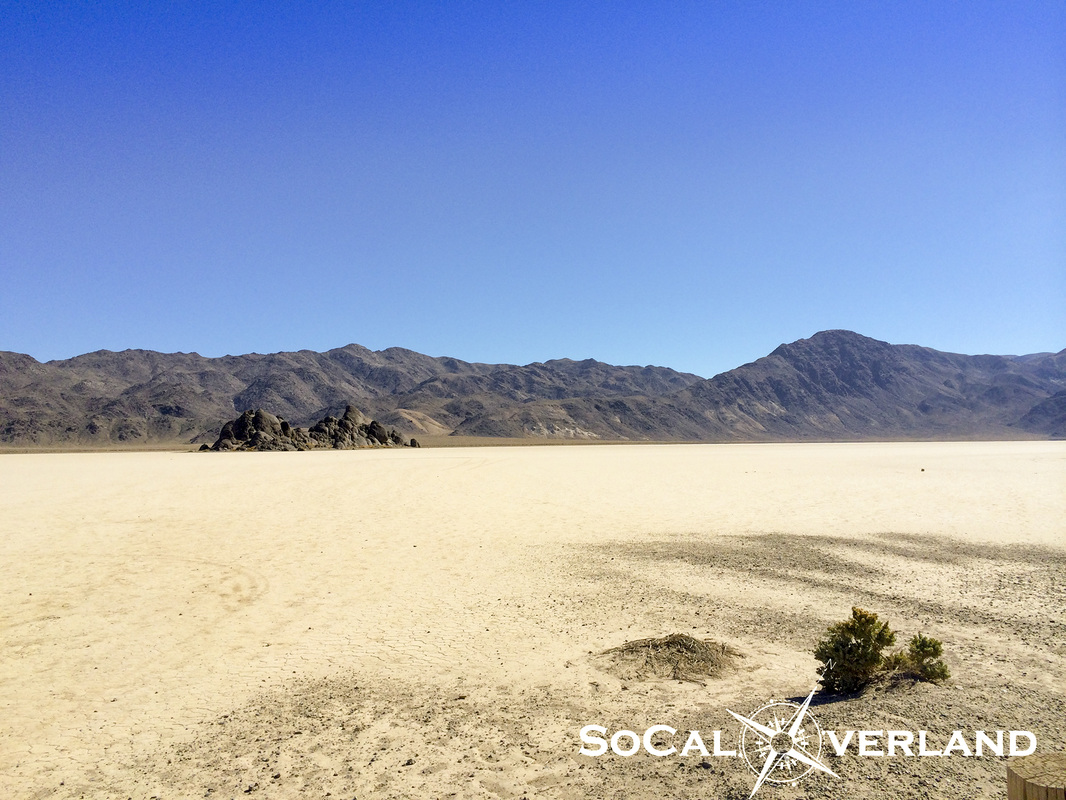
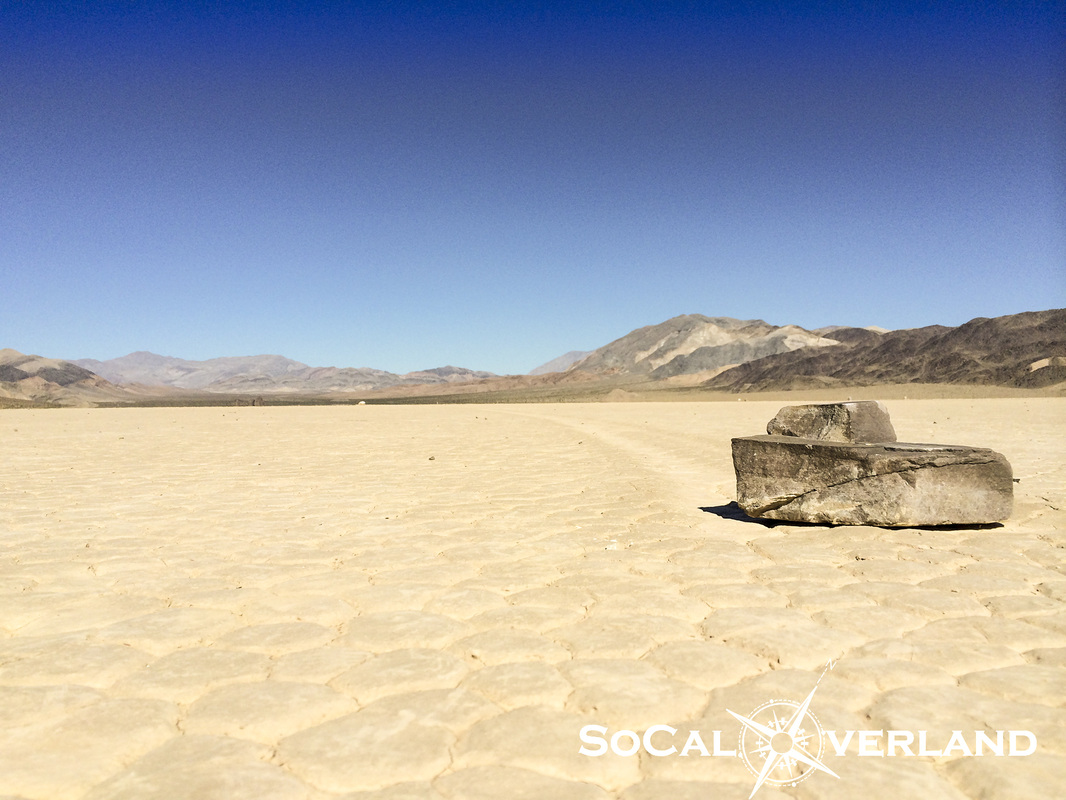
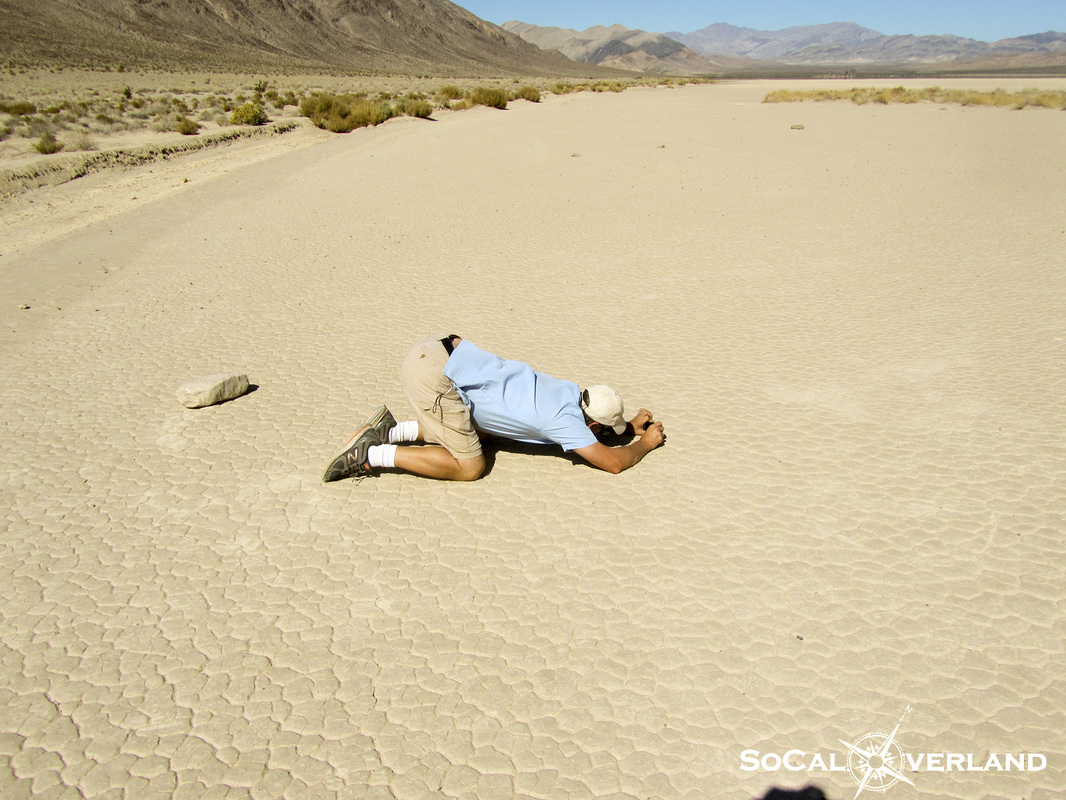
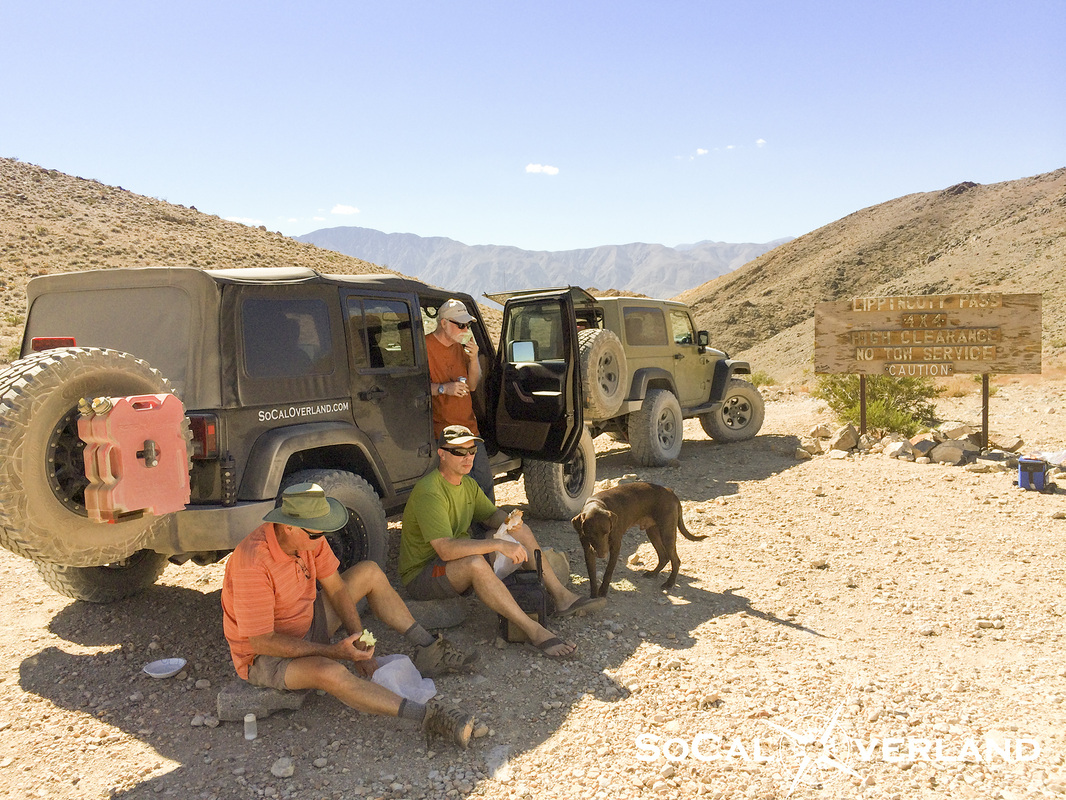
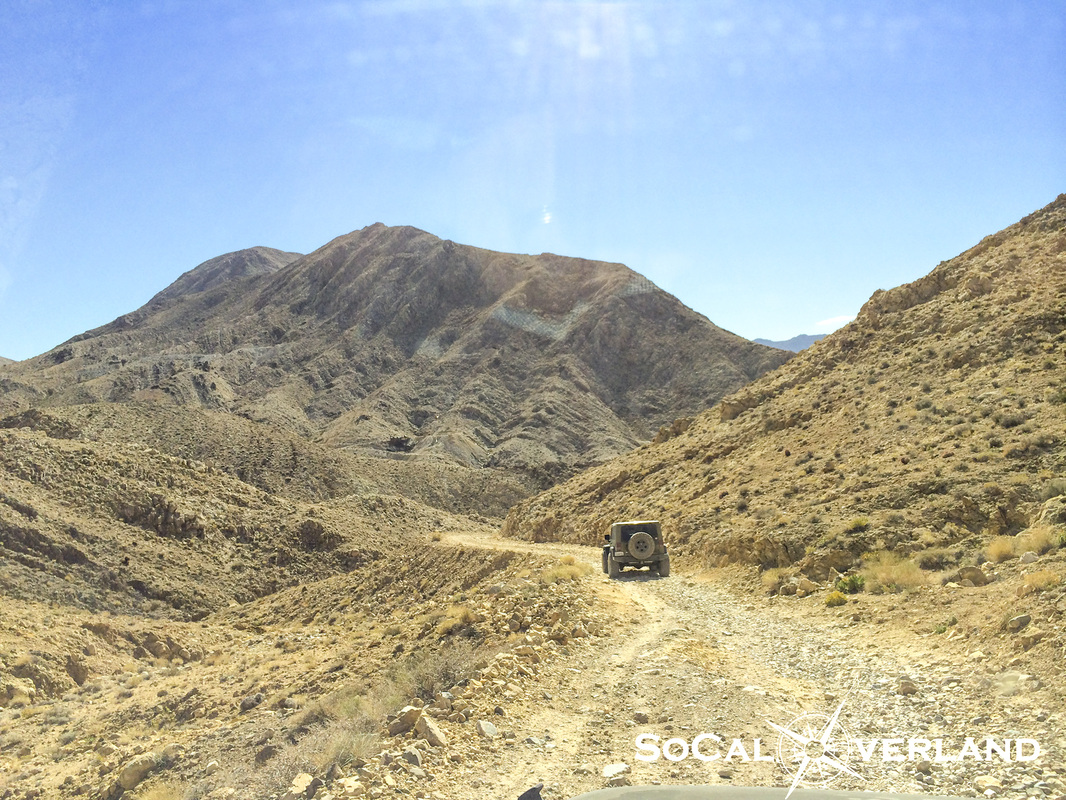
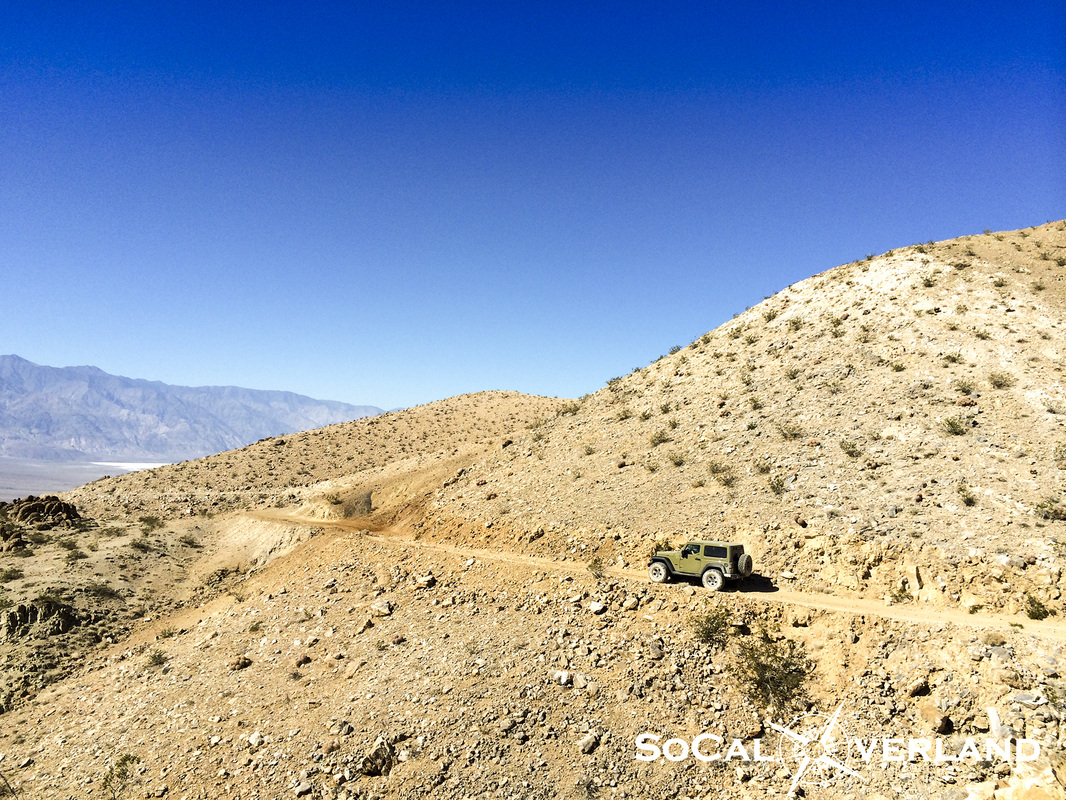
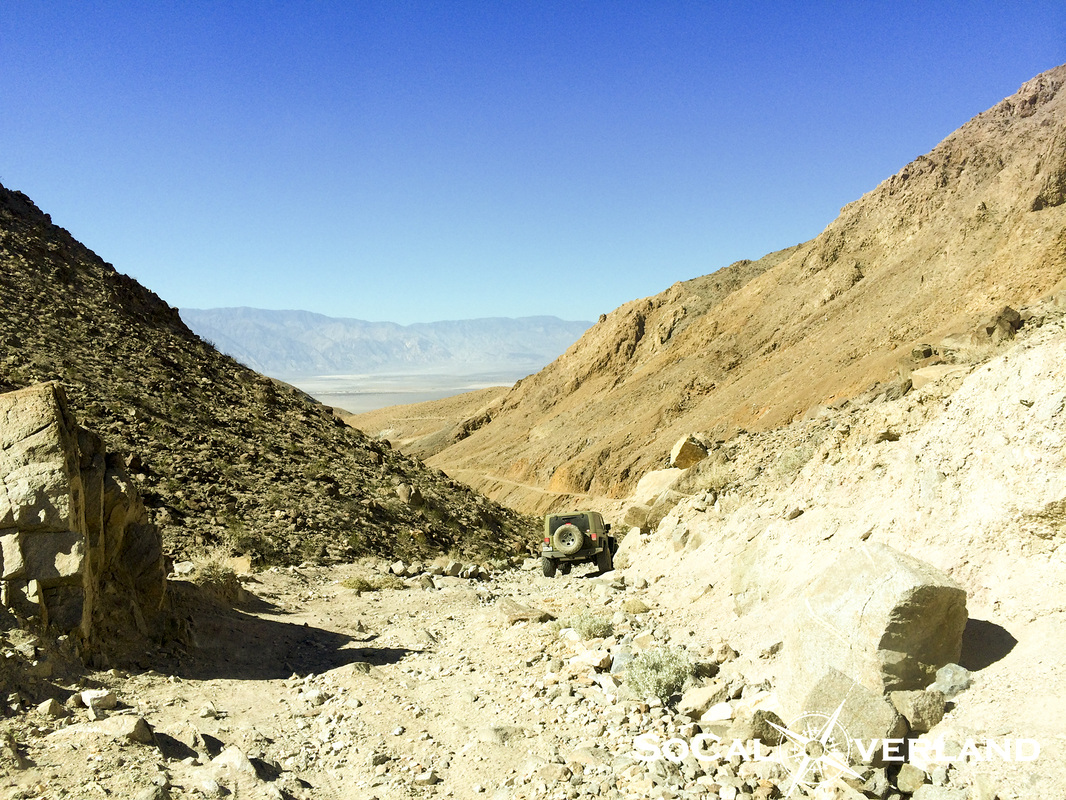
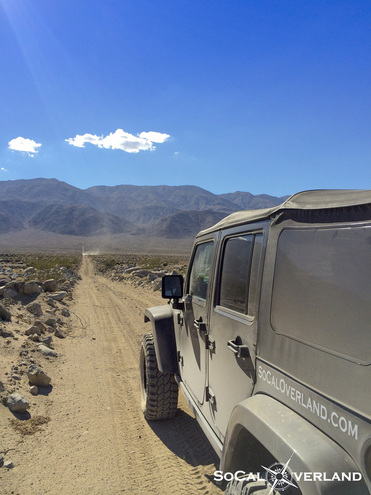

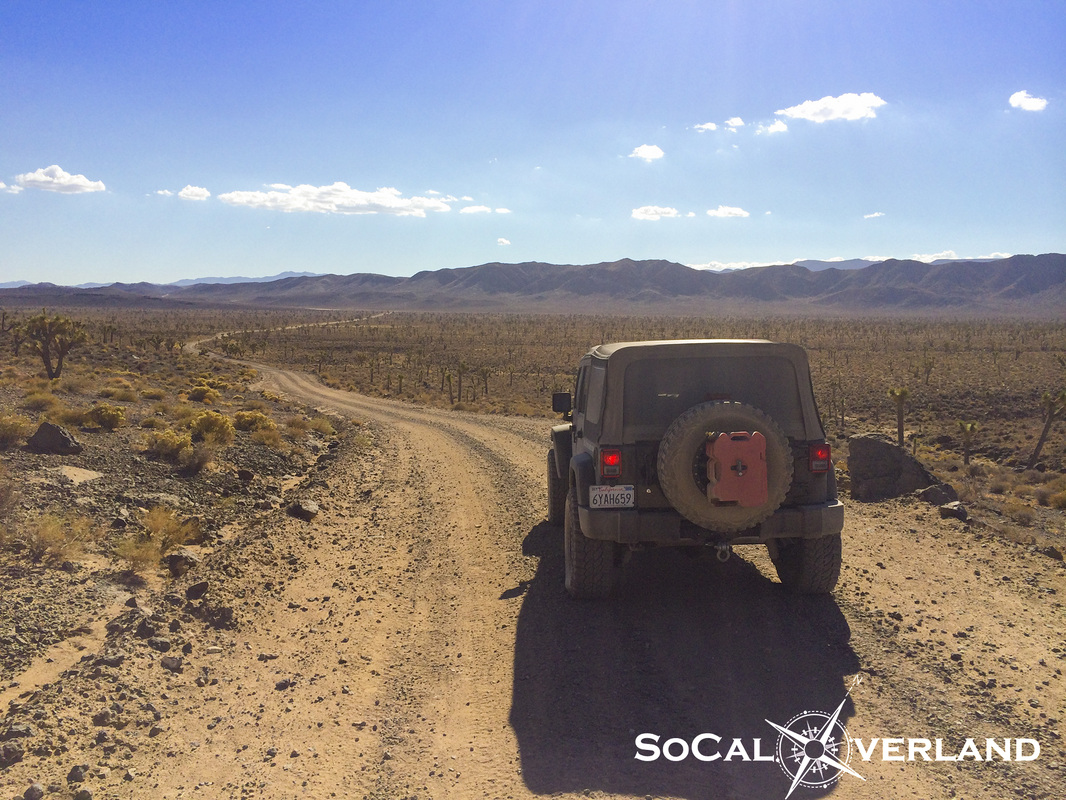
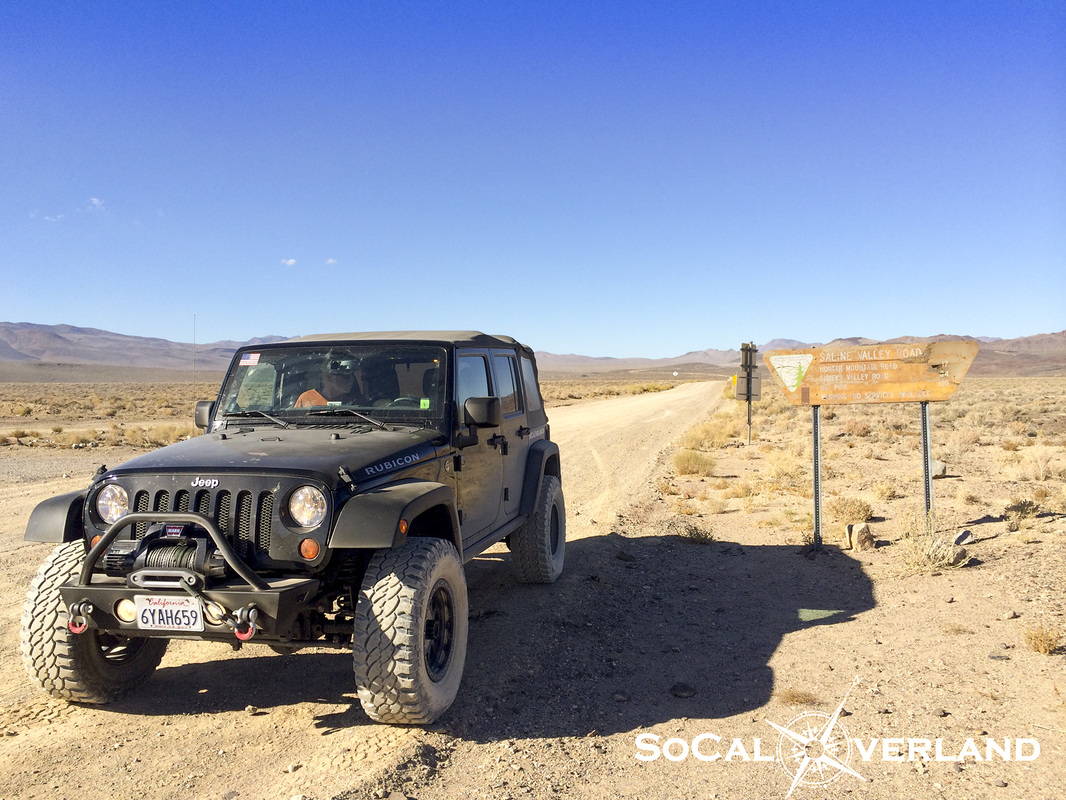
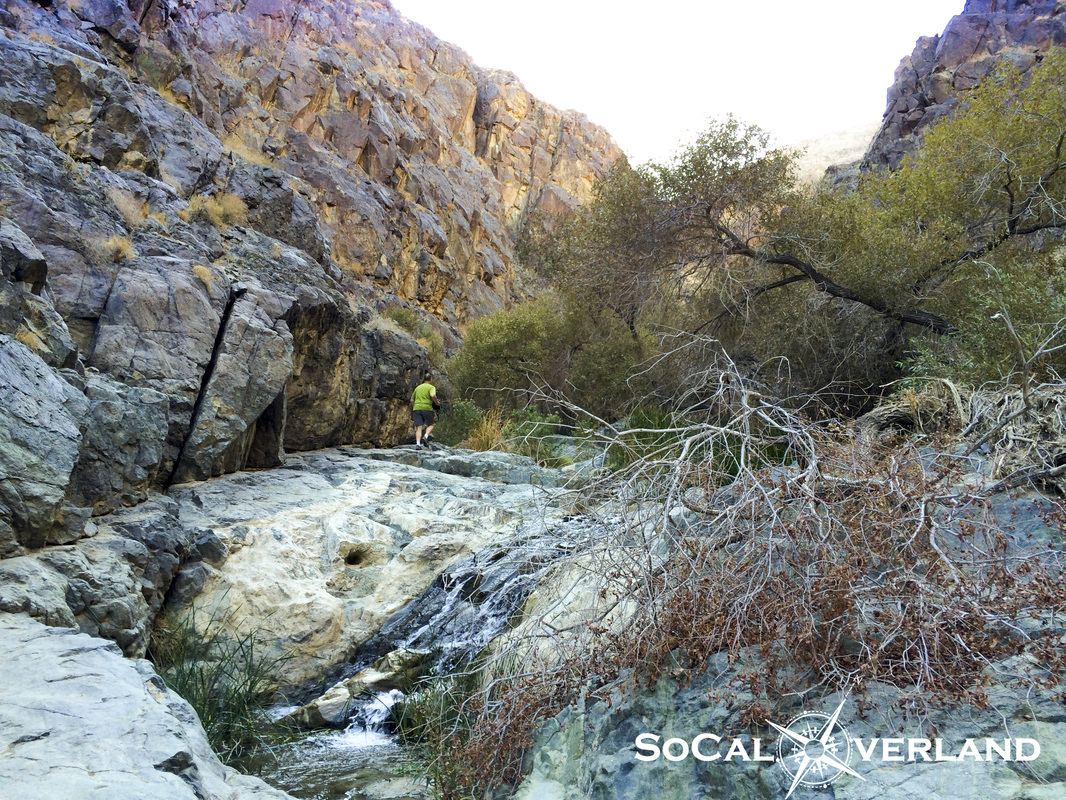
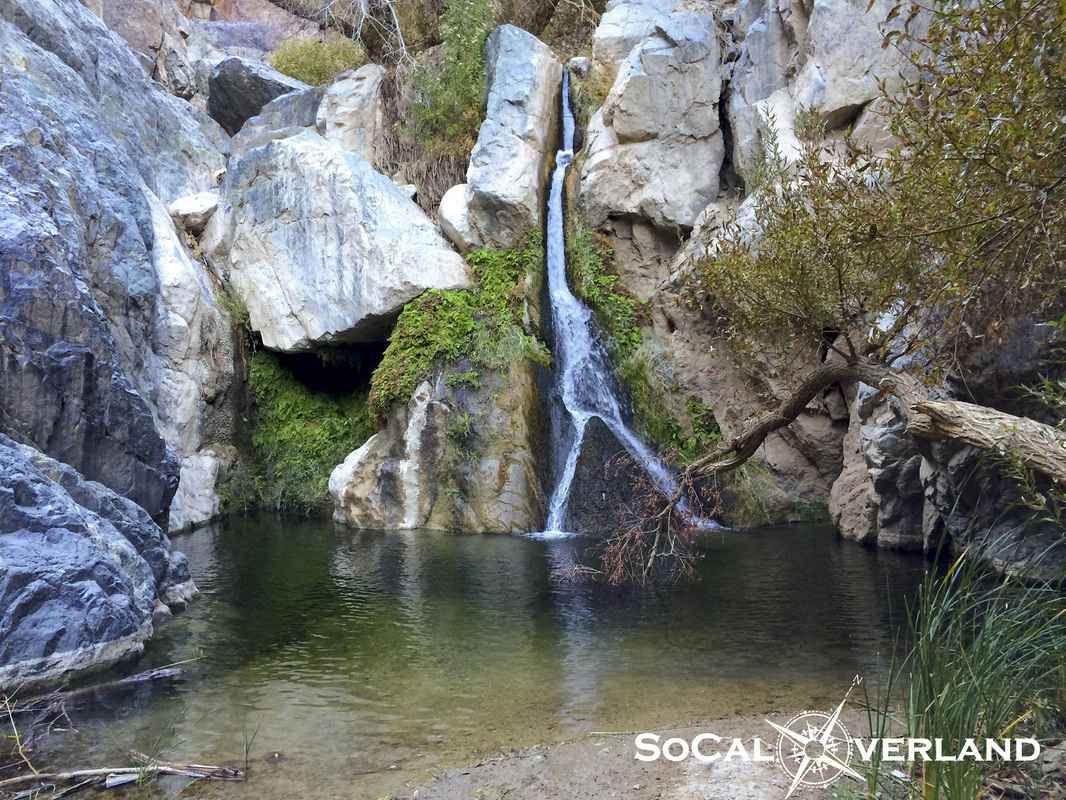
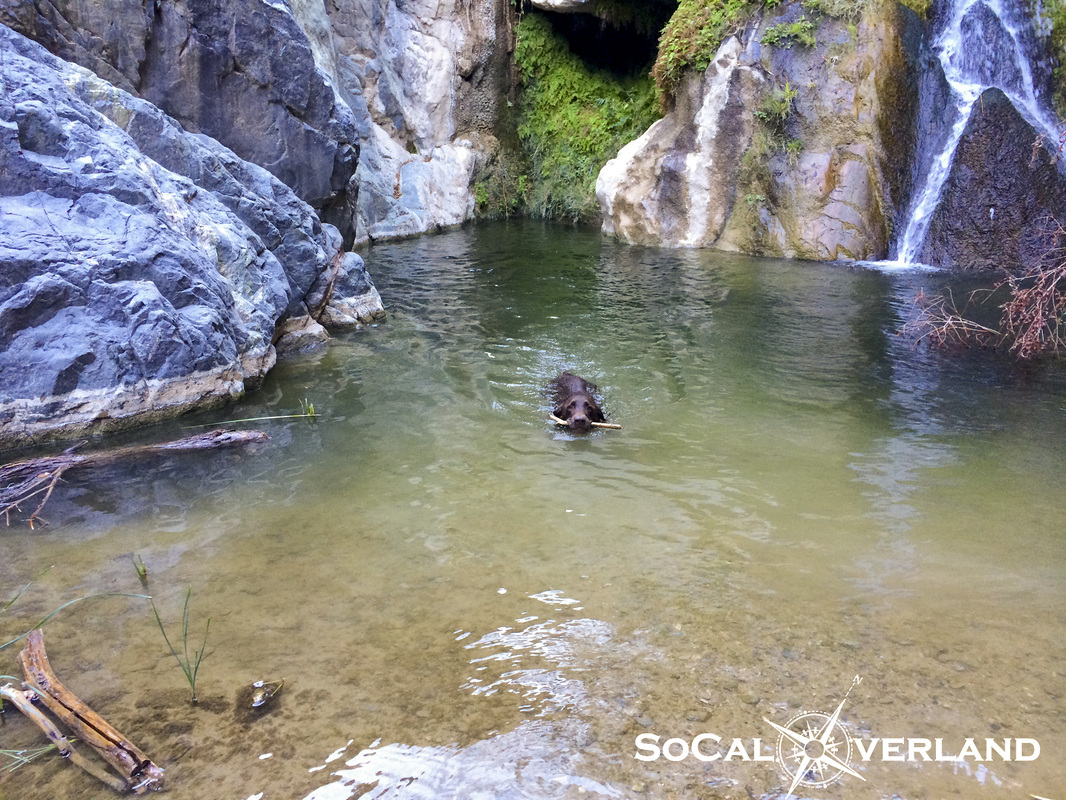
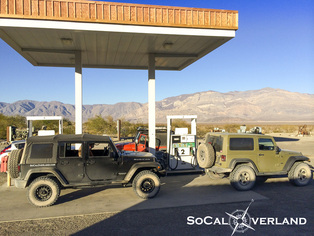
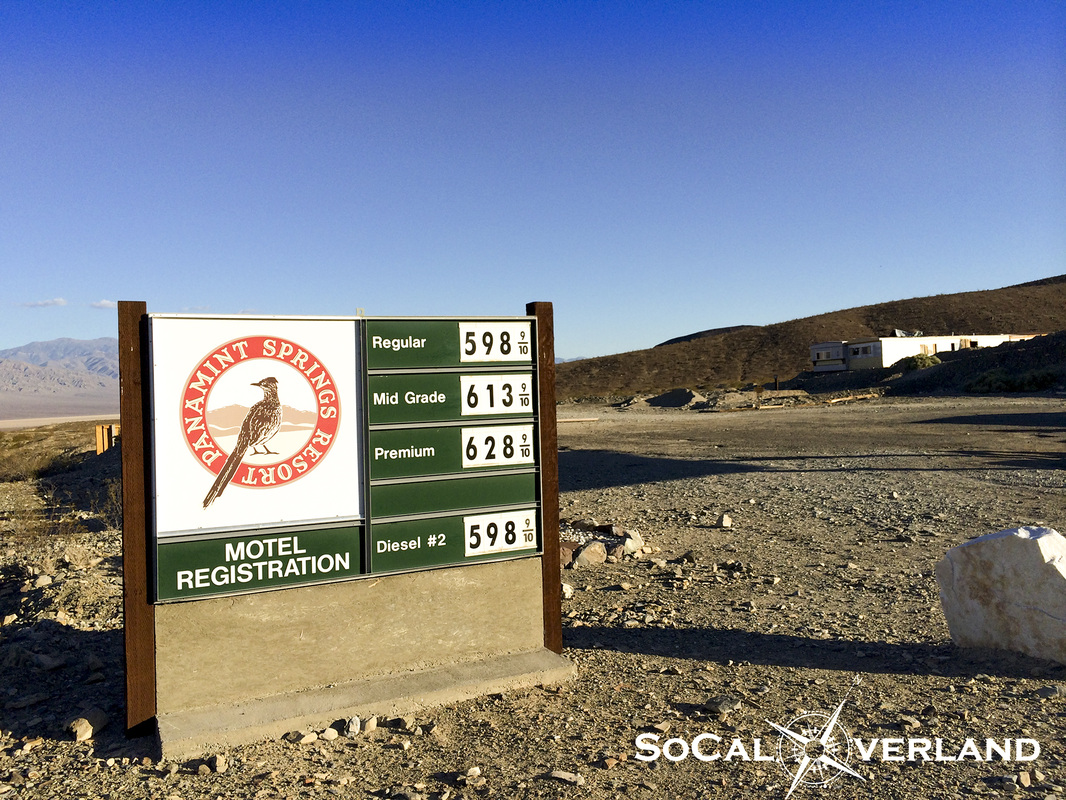
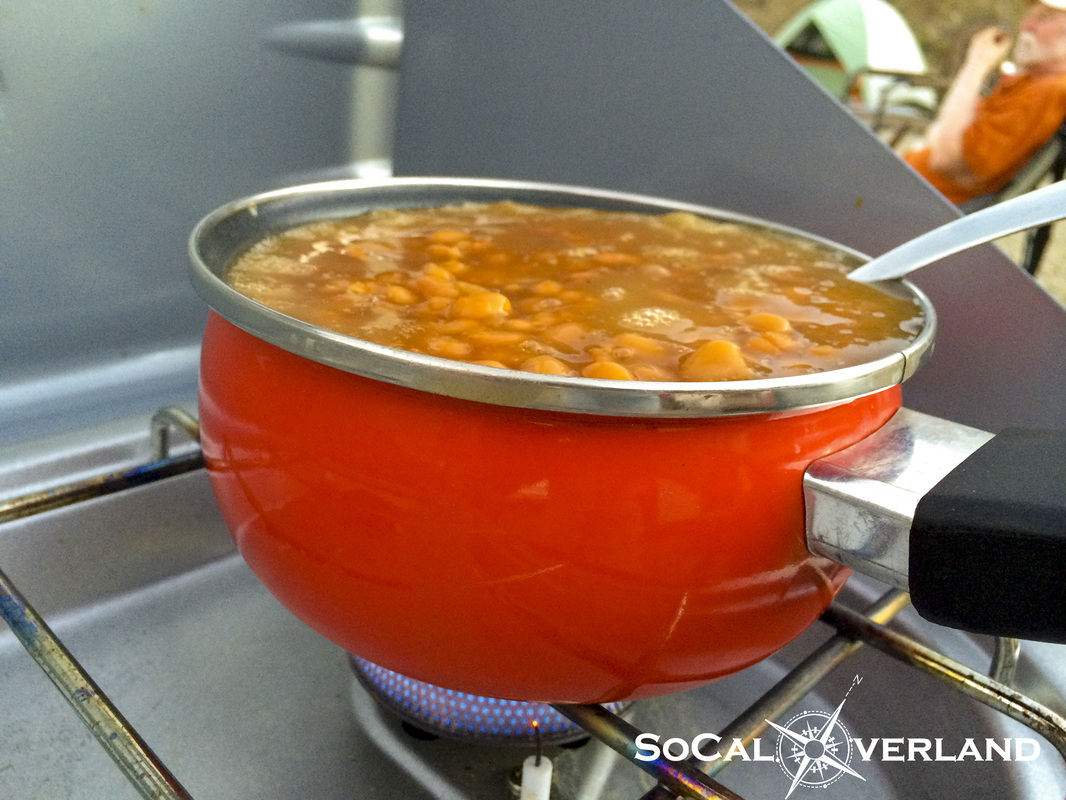
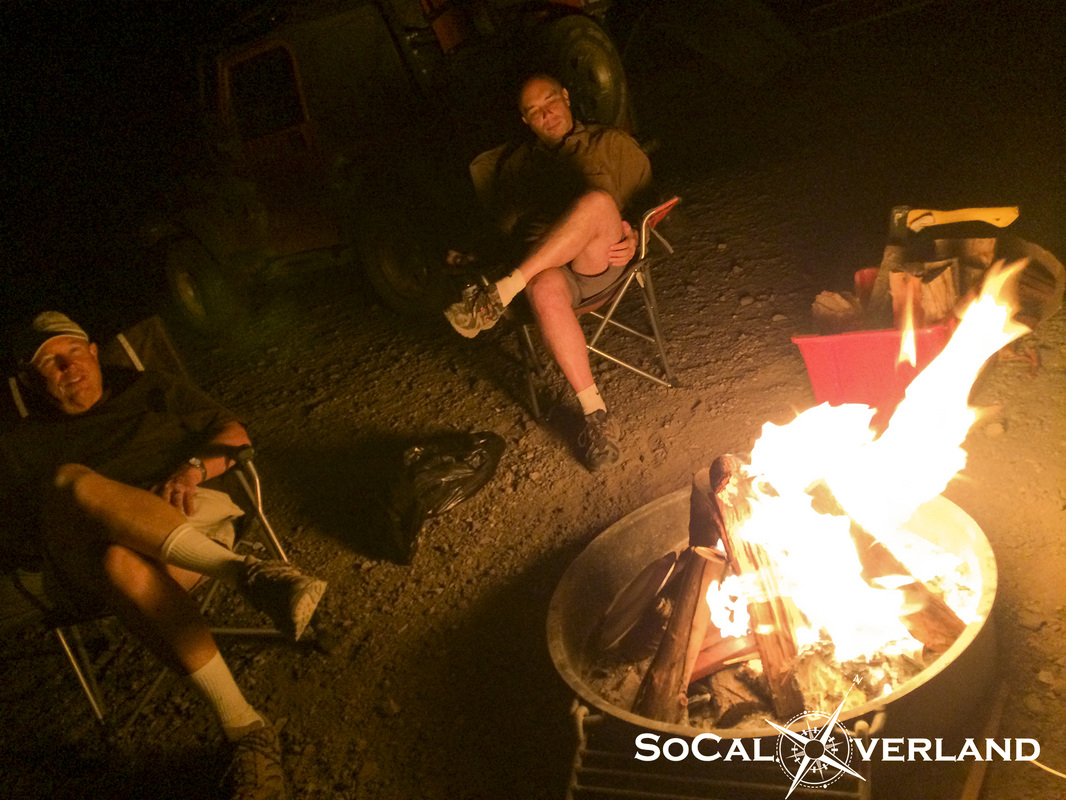
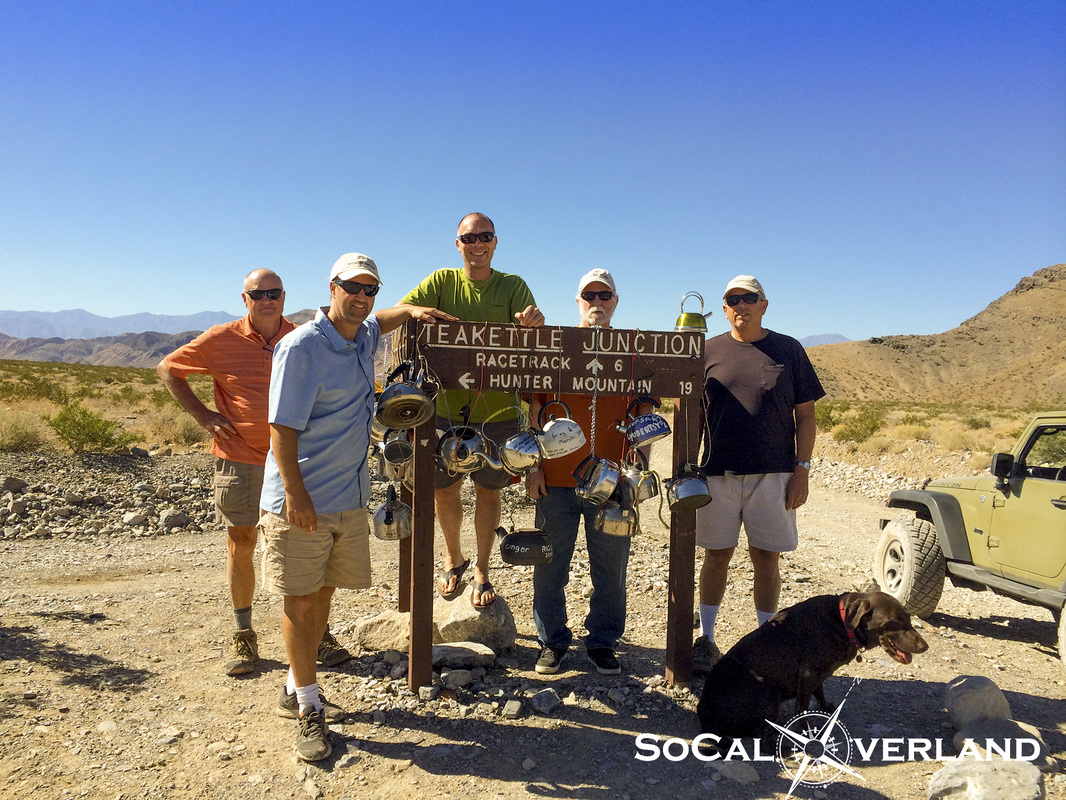
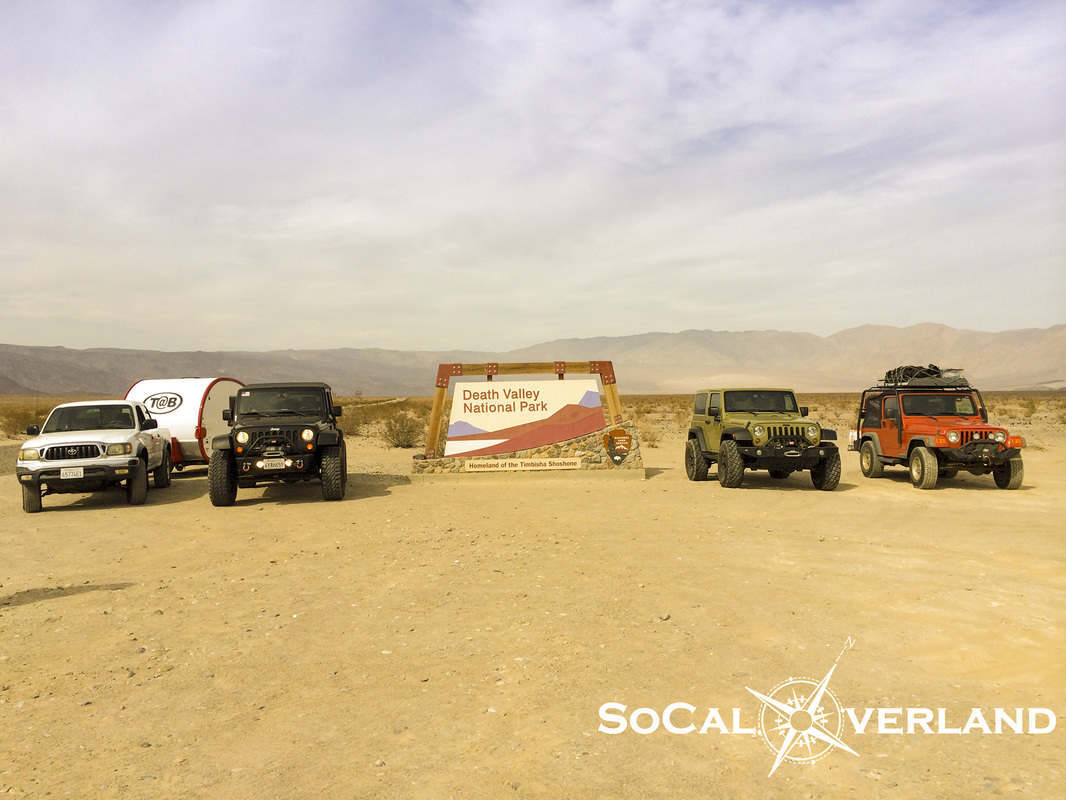
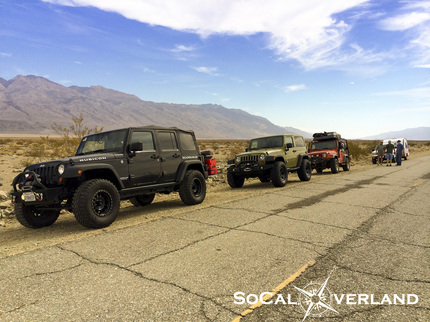
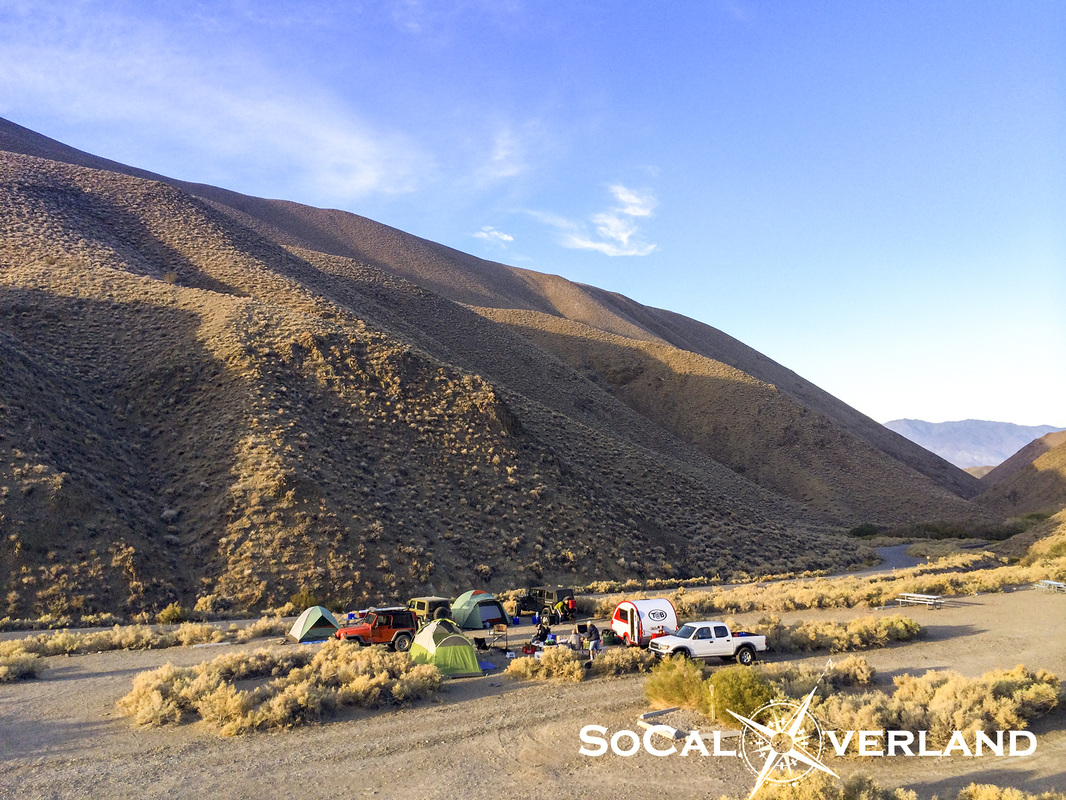
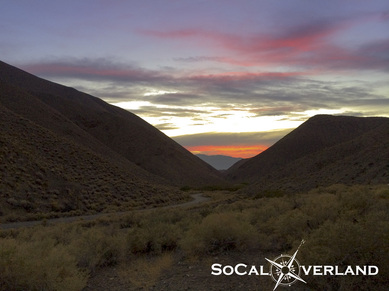
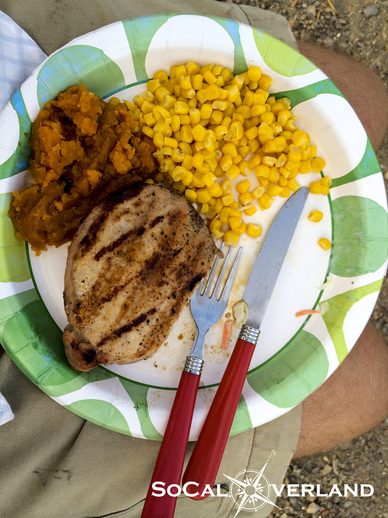
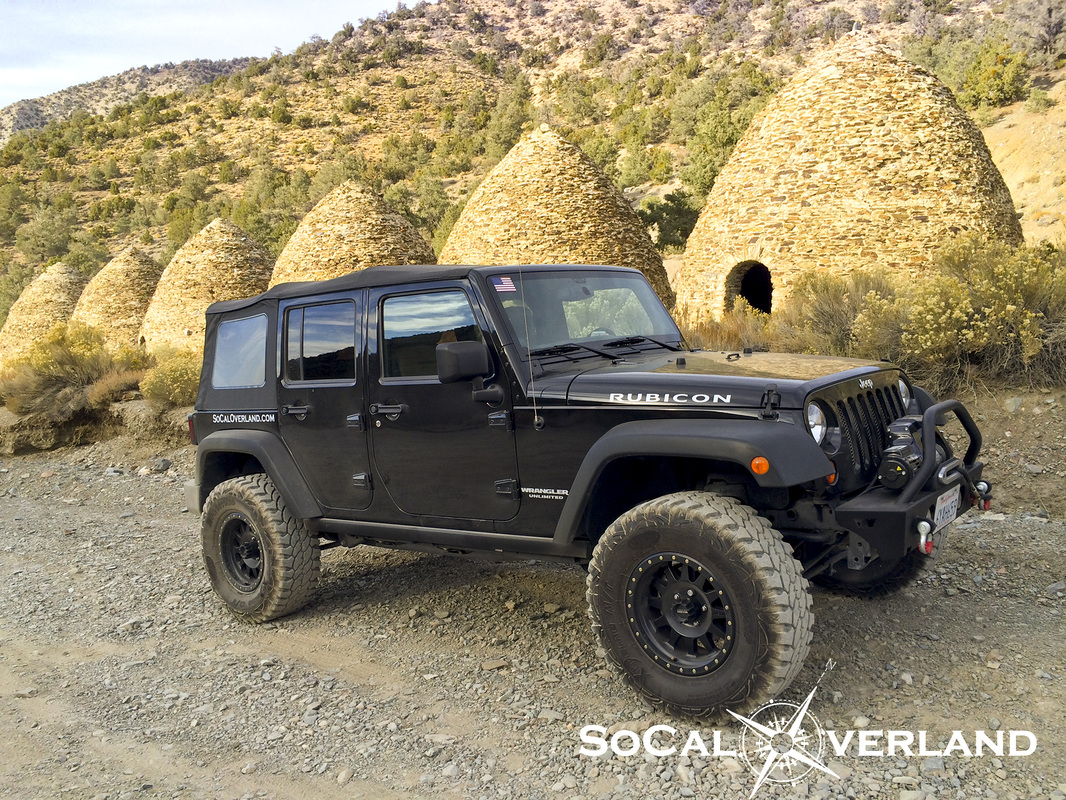
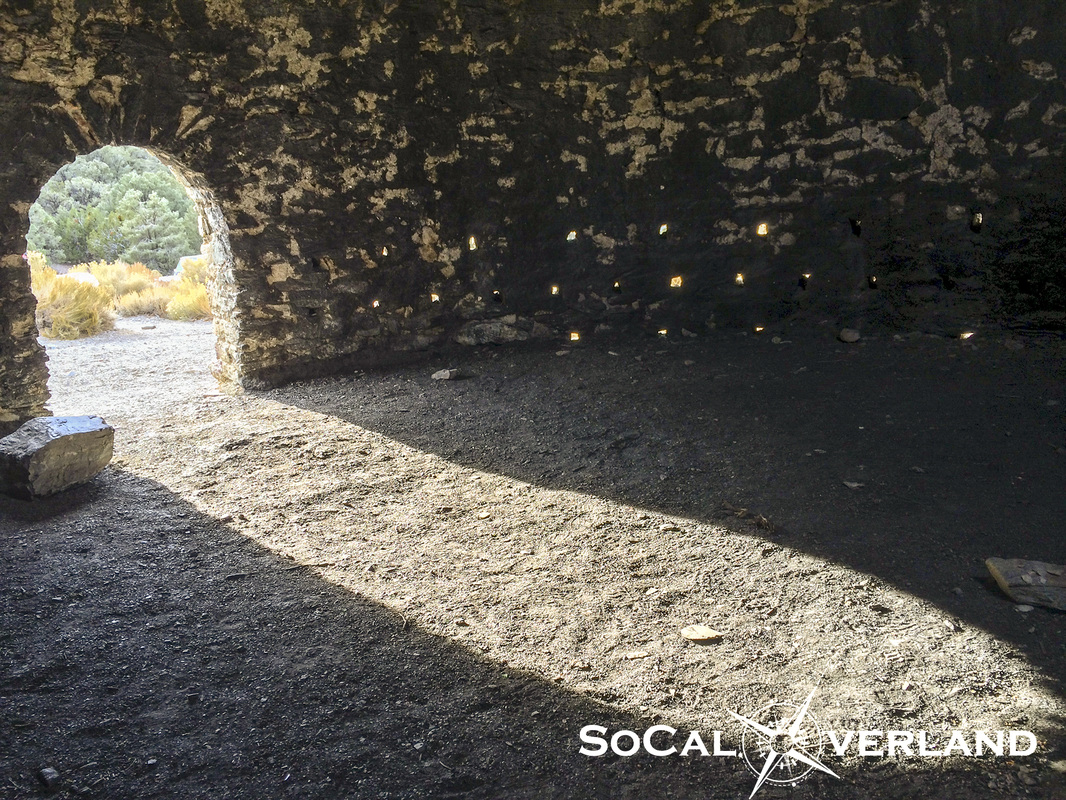
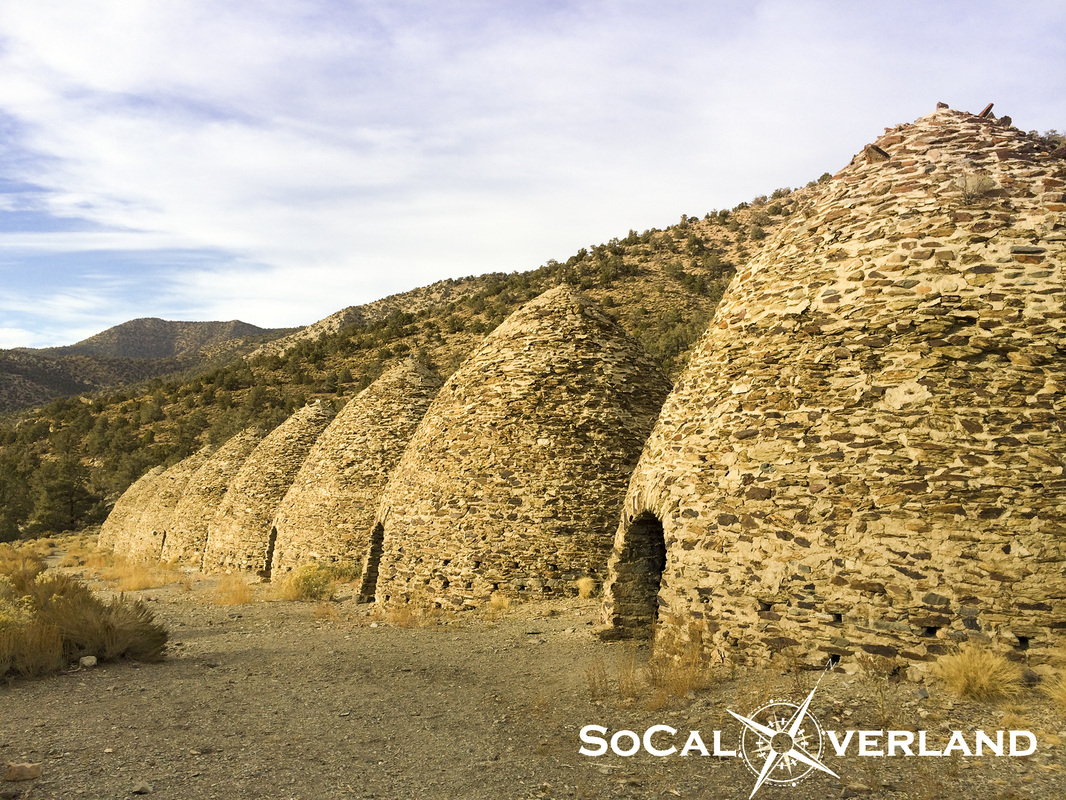
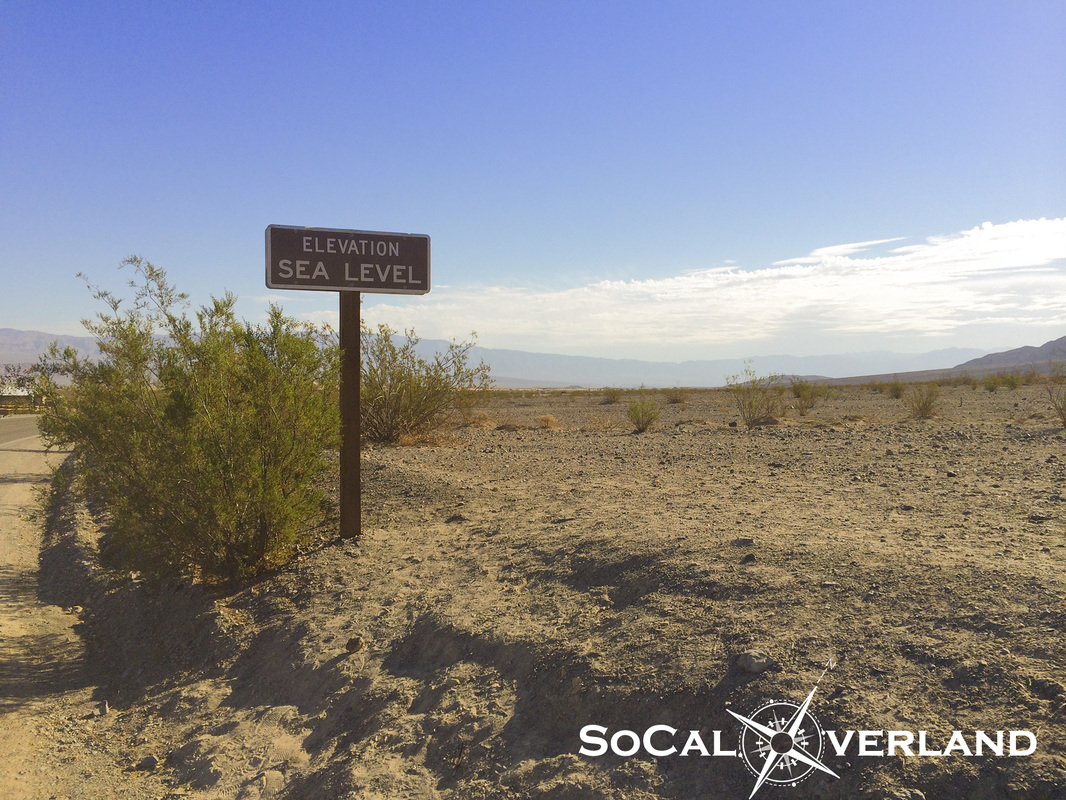
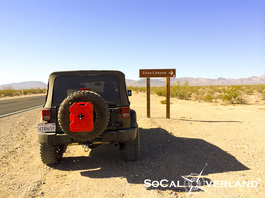
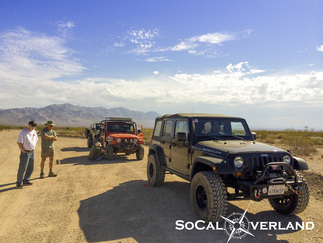
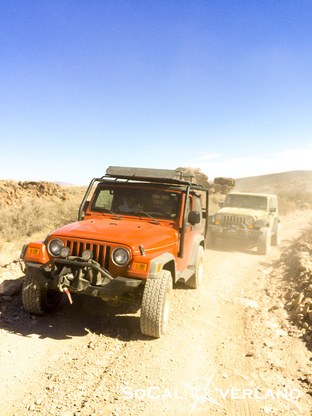
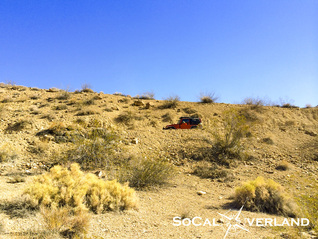
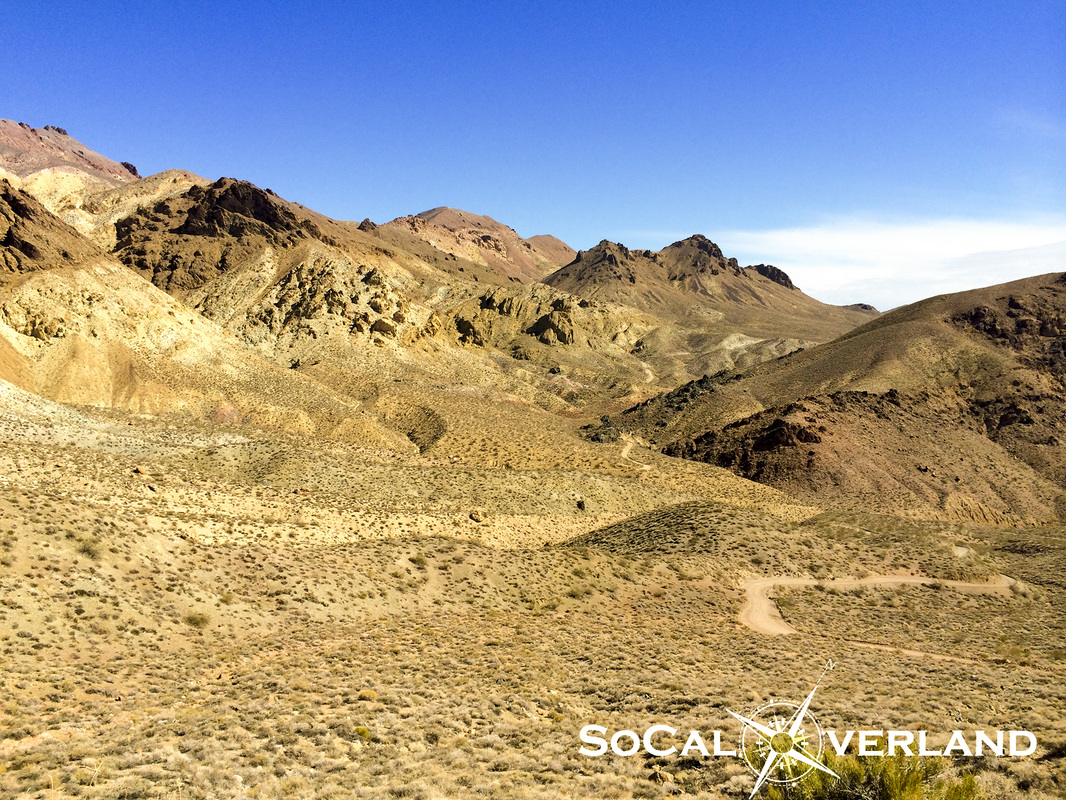
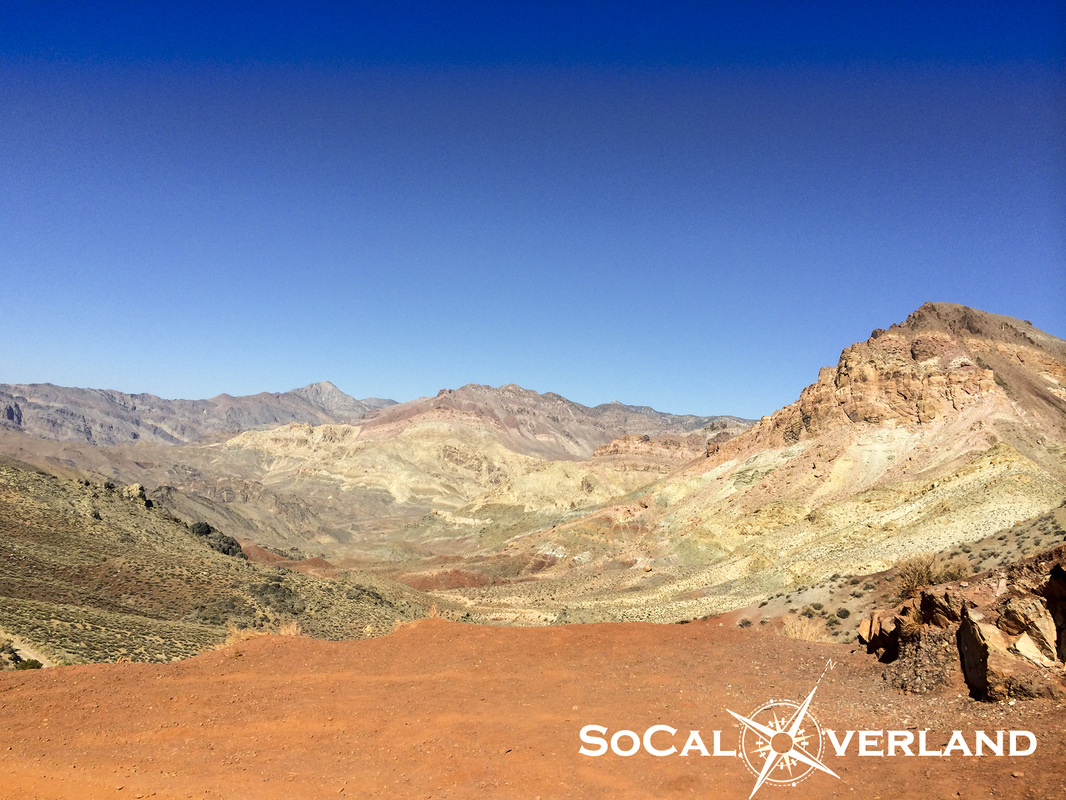
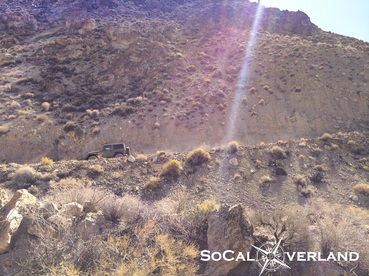
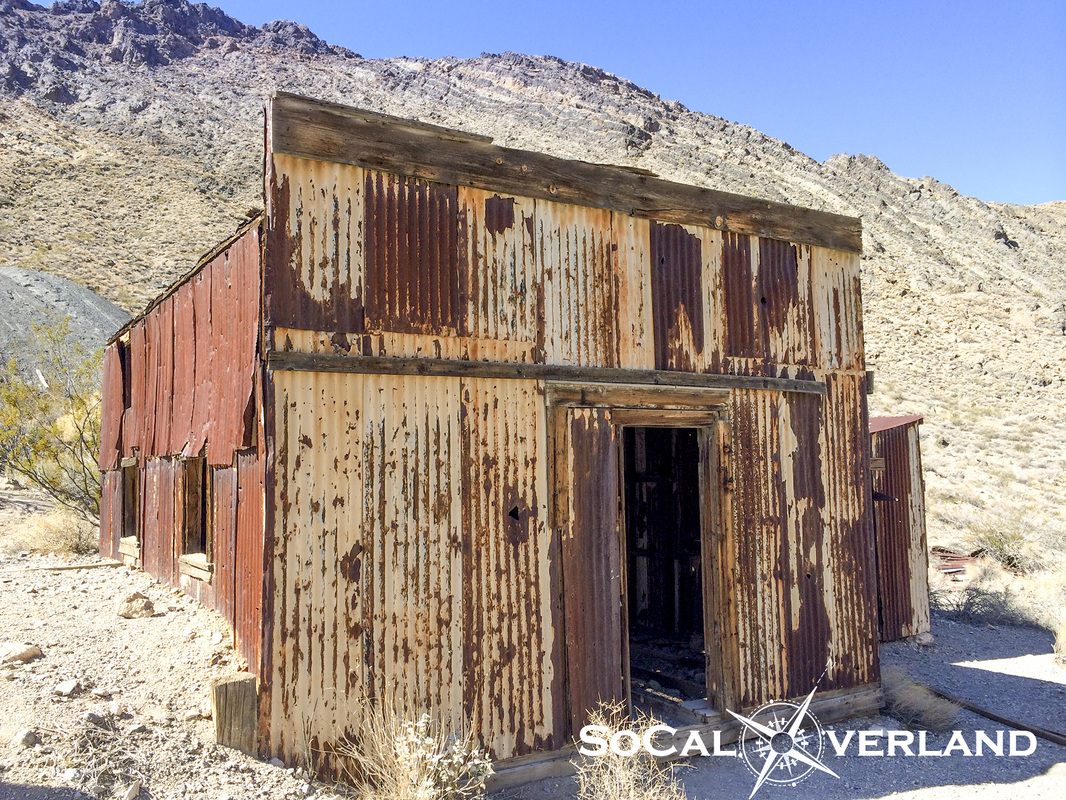
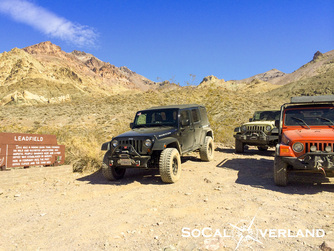
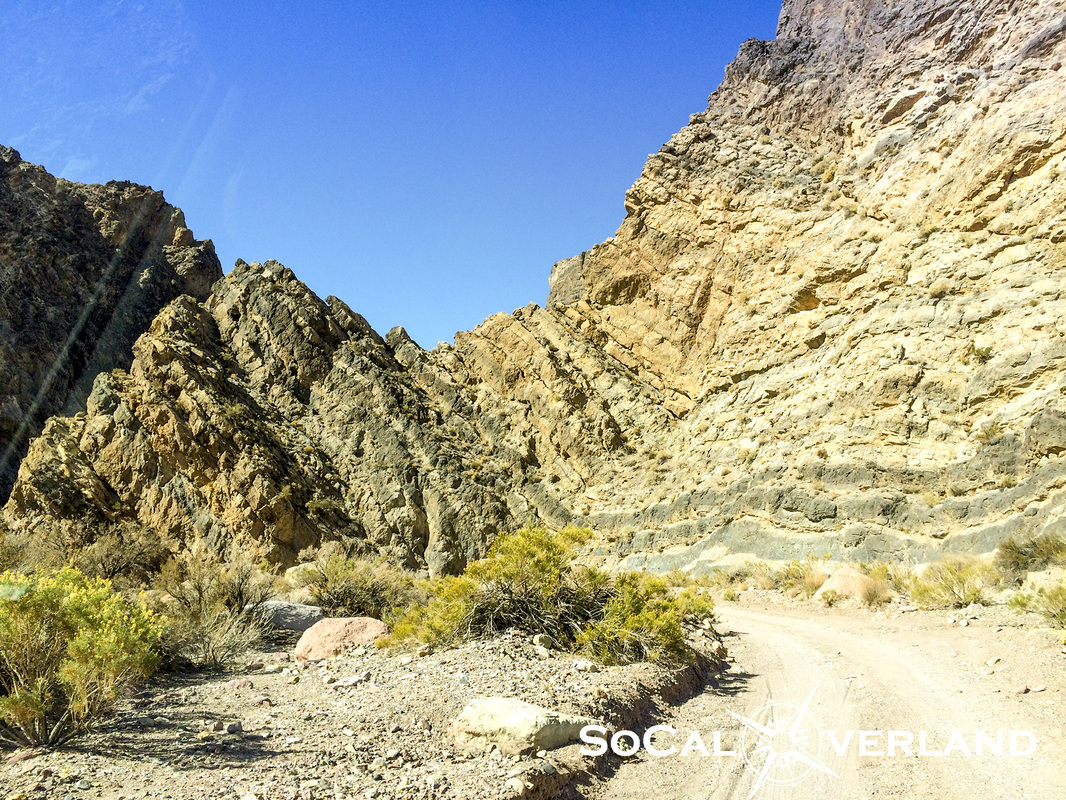
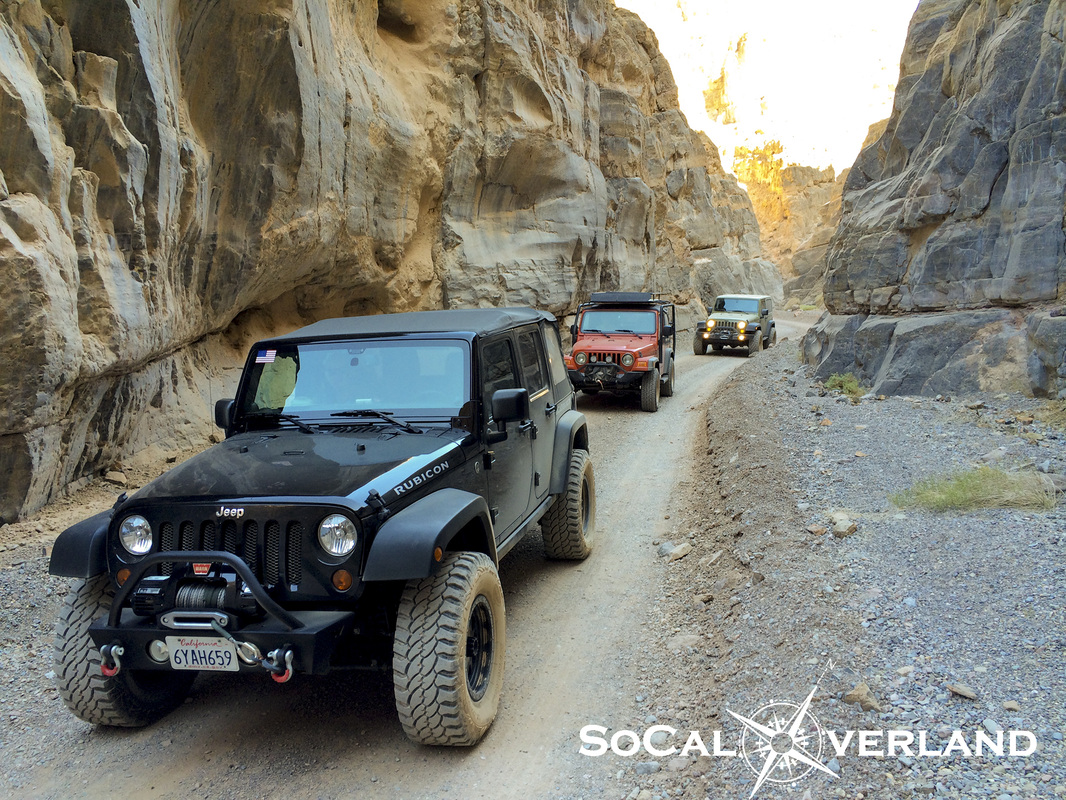
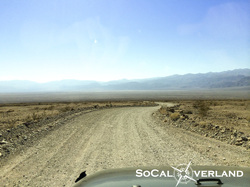
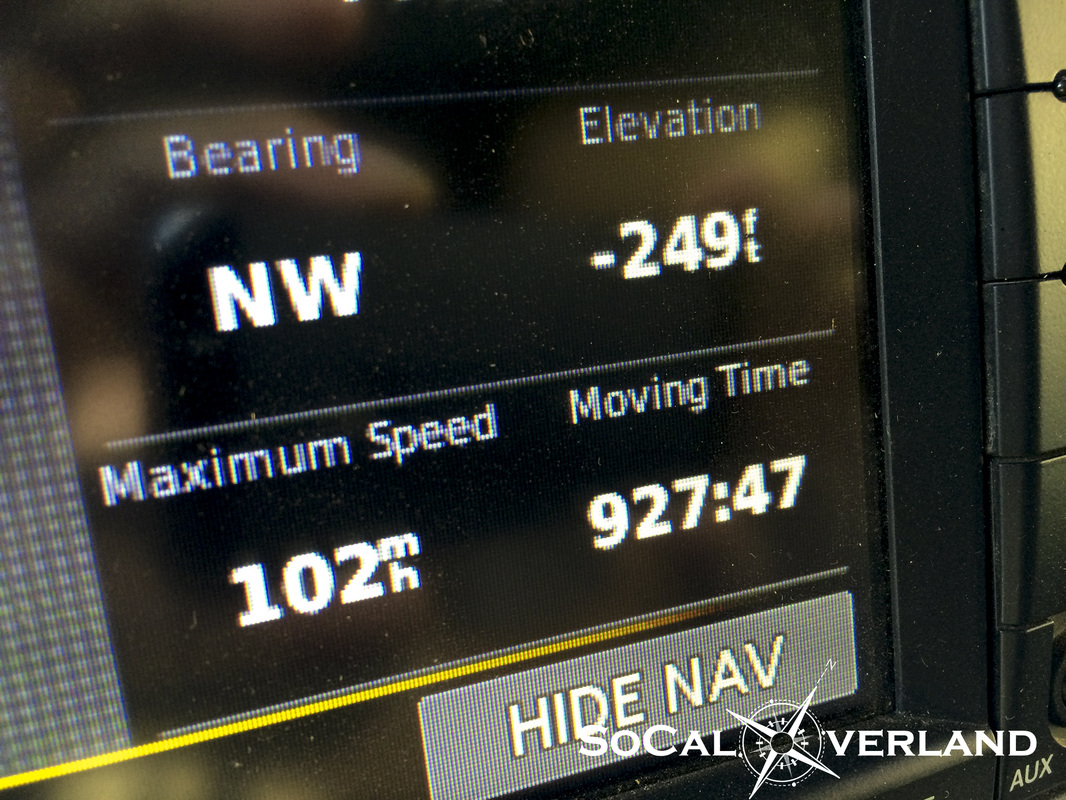
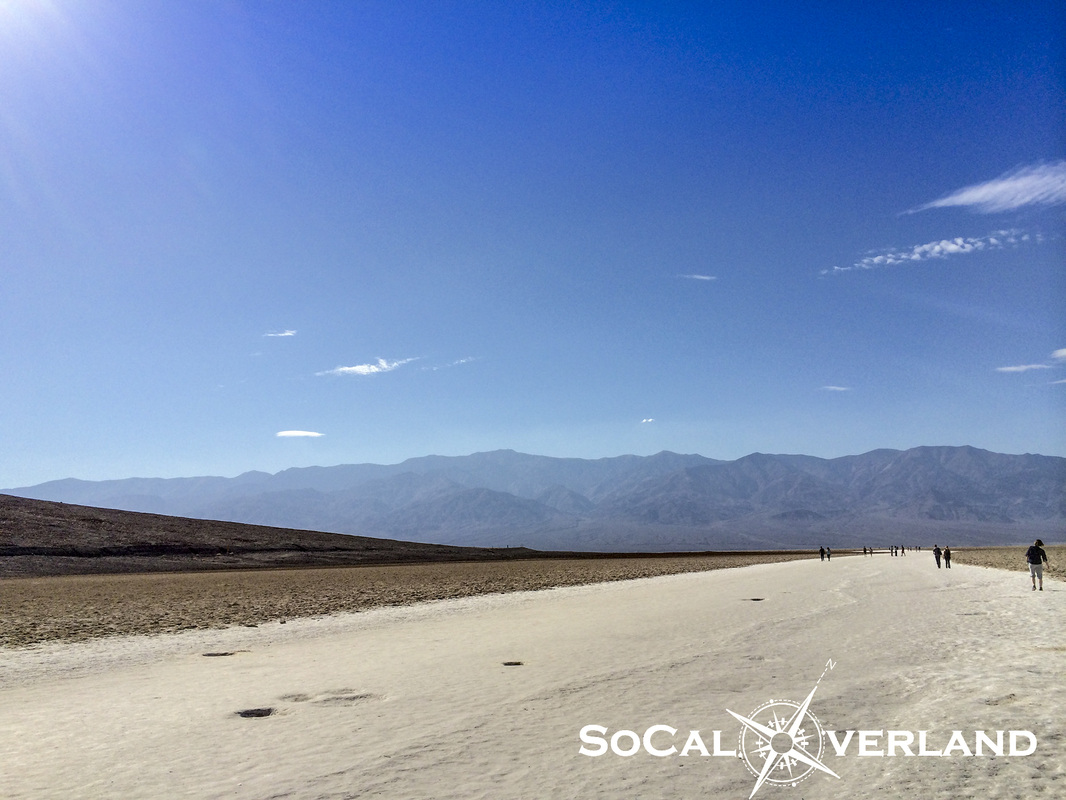
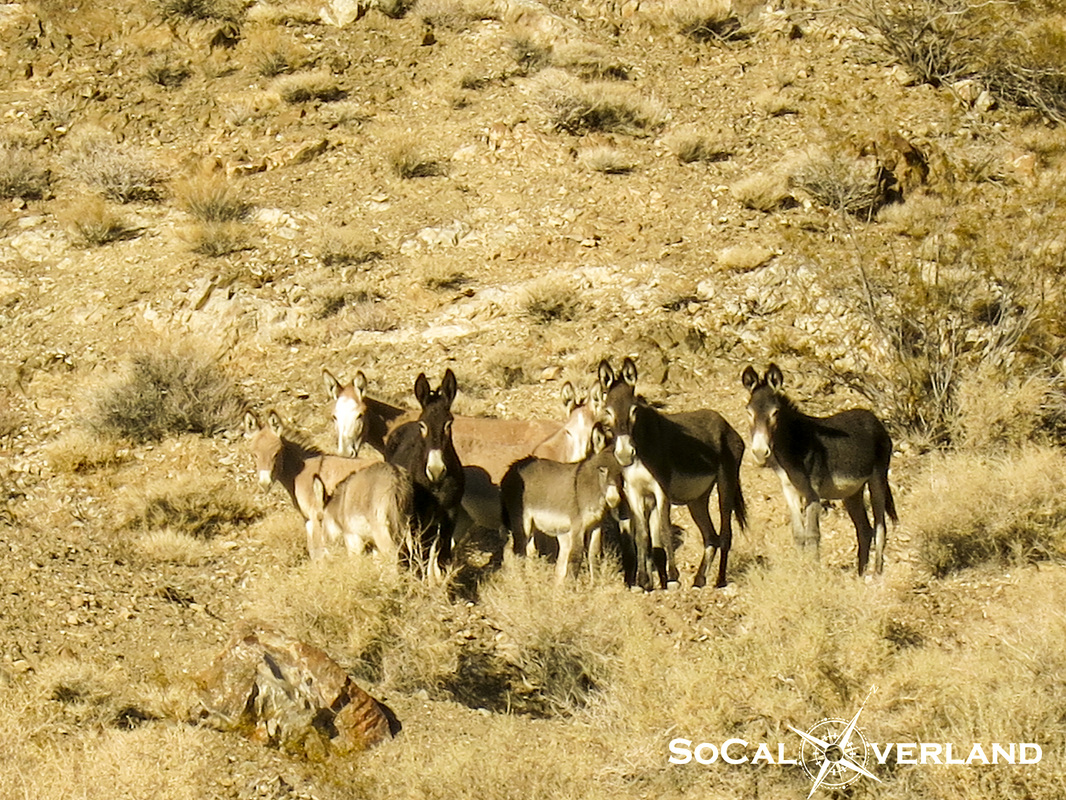
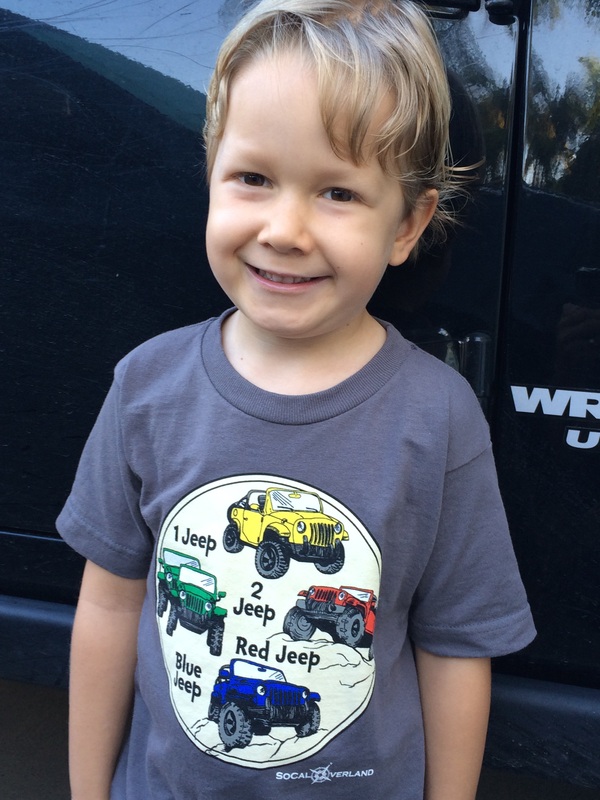

 RSS Feed
RSS Feed